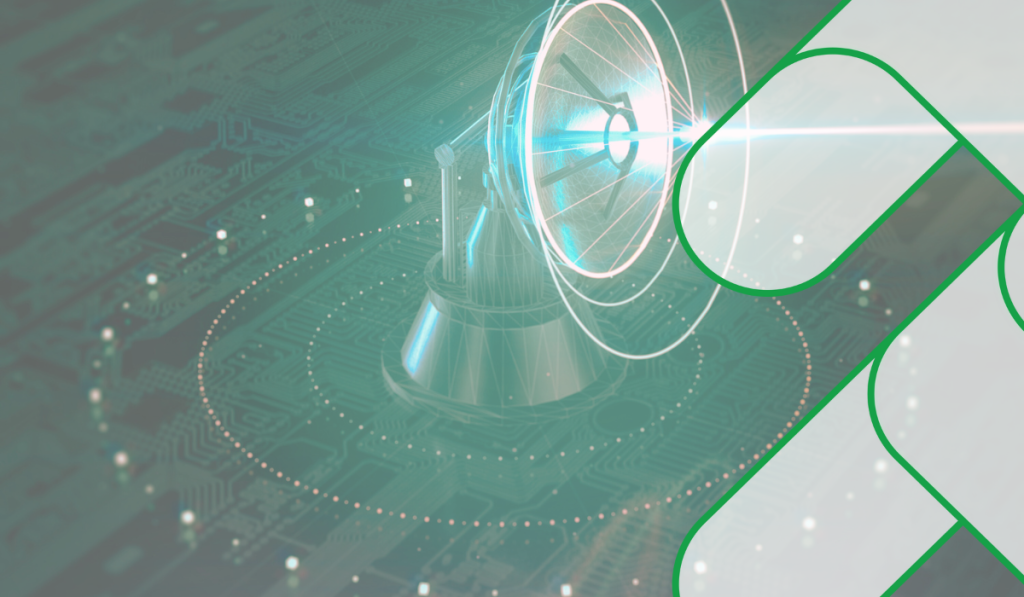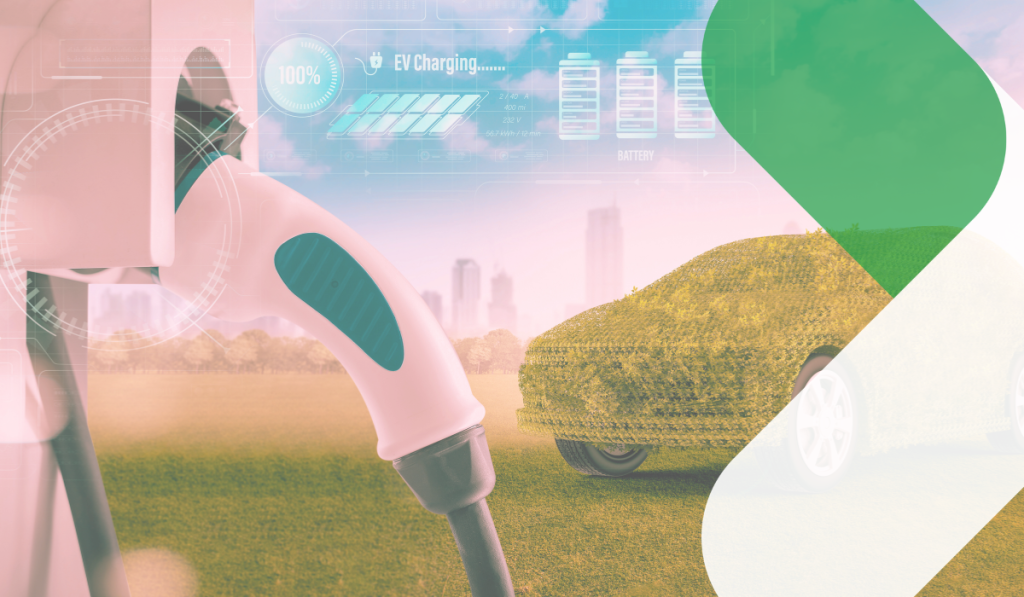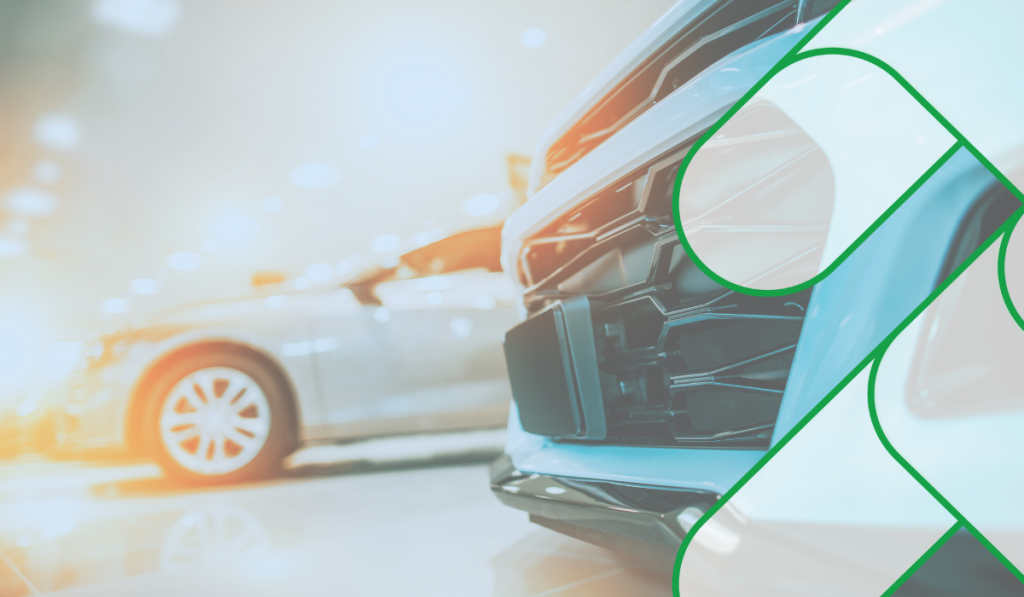
AI-Powered LiDAR: A New Era of Perception
How AI and ML enhance LiDAR technology by overcoming data processing challenges, enabling advanced applications in autonomous systems, robotics, and 3D mapping, and more.
ECUs have been around since the early 1980s. These ECUs controlled the air-fuel ratio and variable valve timing, among other engine-related controls. In those days, the software embedded inside ECUs was simple in terms of complexity, computing prowess, and size.
Fast forward to the present; we are ever so close to perfecting autonomous driving. With the help of infotainment clusters, telematics, and various Internet of Things (IoT) embedded in the vehicle, we are about to experience what autonomous driving powered by AUTOSAR is all about.
The Classic AUTOSAR platform is the OSEK standard for embedded real-time ECUs, and its primary deliverable is specifications. The architecture segregates between three software layers running on a microcontroller:
On the other hand, Adaptive AUTOSAR allows automobile manufacturers to create their own systems that run more efficiently and much faster. By deploying a high-performance computing (HPC) platform, modern connected cars can now accommodate multiple ECUs without sacrificing performance.
The AUTOSAR Adaptive Framework also deploys AUTOSAR Runtime for Adaptive Applications (ARA). In this scenario, there are two types of interfaces: Application Program Interfaces (APIs) and services. Functional clusters found within the platform are also grouped into services.
A central application server is part of AUTOSAR’s adaptive architecture and facilitates HPC, while Ethernet-based ECUs support real-time functions. Adaptive AUTOSAR boasts dynamic architecture and is highly scalable. So, you can update digital cockpit applications throughout the automobile’s lifecycle.
As such, Adaptive AUTOSAR allows Original Equipment Manufacturers (OEMs) to deploy high-tech software features and update them wirelessly as needed.
Most technologies have to overcome considerable challenges before going mainstream—AUTOSAR is no different. Some key hurdles the industry needs to overcome are as follows.
In automotive application development, one critical challenge keeps popping up time and again. However, this phenomenon isn’t limited to the automotive industry. The whole planet has been in the middle of a tech talent shortage for many years.
But it’s much worse when it comes to AUTOSAR, as the development community behind the technology is extremely limited, to say the least. There is a high barrier to entry, and there isn’t really any good way to get started without buying expensive software and tools.
Individual software engineers can’t afford to get the software for a test drive, let alone learn how to use AUTOSAR. However, a large, established organization will have the resources to award such an opportunity.
AUTOSAR developers constantly add new features and updates, and finding support for unlicensed software is challenging. Because only a small number of people are using this program, you can say that it’s pretty much raw and unrefined.
The issue worsens when a manufacturer wants to employ microcontrollers that are brand-new to the marketplace because they aren’t sufficiently tested in real-life situations. Engineers typically create code and test it immediately.
Even experienced developers are still required to learn by trial and error. However, they don’t need to rely on their memories when dealing with thousands of configuration blocks. Instead, they can use an integrated development environment (IDE) to help them write code.
AUTOSAR has plenty of real-world applications and use cases for the automotive industry. Some of the most prominent purposes AUTOSAR has been used for are as follows.
In a hyper-digitized world, infotainment systems will be a crucial application of AUTOSAR systems. It will be an industry standard within a year or two.
For example, when a multinational Tier1 automotive company reached out to rinf.tech to develop an infotainment system, we built next-generation instrument clusters with AUTOSAR modules integrations to create a best-in-class infotainment system.
In the future, automotive manufacturers will probably build fewer cars than ever before. However, these smart vehicles will have more electronics and software than ever before. Like mobile app development exploded with the release of the first iPhone, we can expect to see something similar in the automotive market.
AUTOSAR also helps power Advanced Driver-Assistance Systems (ADAS) built with an intricate set of high-resolution cameras and sensors like LIDAR and RADAR. The data generated by these sensors will be processed to develop a model of the environment outside the automobile.
Adaptive AUTOSAR leverages this environment model to assist the driver while driving, braking, and parking. This is the case for most autonomous driving. So, it’s no surprise that driverless cars continue to be a key driver of a new AUTOSAR architecture that enables greater flexibility, faster data communication and processing, dynamic communication, and much more.
One of the key benefits of driving a smart car is predictive maintenance. With the help of historical data and data generated in real-time, we now have an opportunity to avert a potential breakdown in the future by addressing a potential problem now.
ADAS or Advanced Driver-Assisted Systems with a camera make autonomous driving safer. In contrast to other sensor technologies like LIDAR and RADAR, this smart camera can quickly recognize objects and identify road marking, traffic lights, and traffic signs. ADAS cameras can also calculate distances and provide data to enable automatic steering.
V2X or vehicle-to-everything communication systems connect directly to smart sensors and cameras. In fact, this new Domain Controller Architecture concept is now a trend in the automotive industry.
The primary objective is to use one powerful controller instead of using multiple (separate) controllers. So, a single controller will be assigned to each domain like Body Control and Powertrain.
When it comes to Electric Vehicles (EVs), it can also communicate with the charging station to enable secure billing. None of this will be possible with Classic AUTOSAR systems that don’t have the power to process such computation requirements.
Real-time map updates power hands-free driving systems. Automobile manufacturers are already offering this service on a subscription basis.
Key advantages of using Adaptive AUTOSAR in automotive software development include:
Disadvantages of using AUTOSAR in automotive software developed include:
Even though there are still some challenges to overcome, the benefits listed above suggest that AUTOSAR is the future of automotive software development. The key here would be to develop a layer that is common to both software and hardware to enable rapid AUTOSAR development.
The automotive industry should also make an effort to make learning about AUTOSAR more accessible. By investing in the education system and promoting AUTOSAR technologies across universities, the industry can take steps to solve the talent shortage.

How AI and ML enhance LiDAR technology by overcoming data processing challenges, enabling advanced applications in autonomous systems, robotics, and 3D mapping, and more.

Offering insights into how the latest AI advancements will impact consumers, manufacturers, and the broader environment in 2025 and beyond.

Showcasing the environmental and economic benefits of integrating sustainable materials and robust recycling practices into the automotive value chain.
Copyright © 2023 rinf.tech. All Rights Reserved.
Terms & Conditions. Cookie Policy. Privacy Policy.
Politica Avertizari de Integritate (RO)